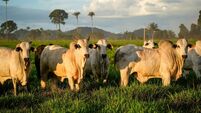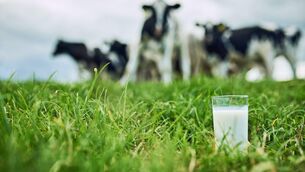Agriculture vs aviation: Who wins the battle for biofuel?

HVO fuels are not yet available in sufficient quantities. They are sought after in other sectors, such as aviation and shipping.
The sustainability target to make Europe climate neutral by 2050 includes greenhouse gas emissions from the use of diesel fuel being reduced to zero by 2045 at the latest.
This poses a long-term problem for farmers. Liquid fuels with high-energy density remain irreplaceable in farming for activities with high power requirements and long operating times, such as soil cultivation and harvesting.













